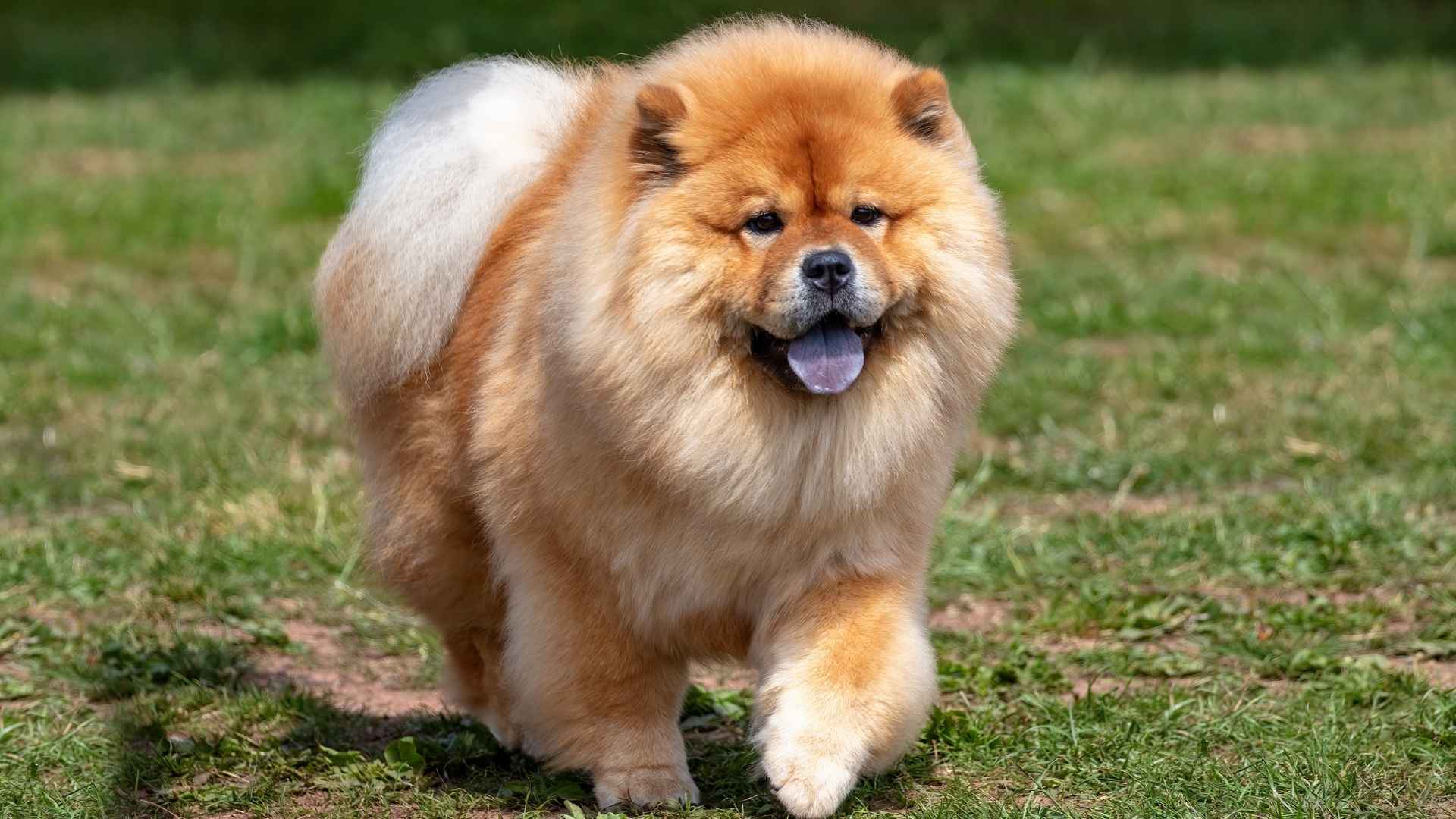Most of us don’t really look at a dog’s tongue. It’s pink, it pants, it licks—and that’s that.
But one day, maybe during a playful cuddle, you notice something different. A dark spot. Not huge, but clear as day. Your first thought? “Was that always there?”
You try to rub it off. Nothing. You Google it. A hundred different answers pop up. That one tiny spot brings a million questions with it. Is it something serious? Is it a breed thing? Could it mean something special? Suddenly, this small detail feels huge.
It’s easy to overlook, but once you see it, you can’t unsee it. And if your dog has it—or even if you’re just curious—you’re about to discover some fascinating things.
At the end of this read, we’ll show you ten dog breeds where spotted tongues are not just normal—they’re part of what makes them special.
Dog Breeds With Spotted Tongues
1. Chow Chow
The Chow Chow is one of the few breeds known for having a fully pigmented blue tongue, as stated in the AKC. In many, you’ll also notice darker or spotted areas within the blue tone. These spots are caused by heavy melanin deposits—completely natural and harmless.
An ancient breed with strong instincts
Chows were originally bred as multipurpose working dogs in northern China, serving as hunters, guarders, and haulers. This deep-rooted versatility still shows in their reserved and thoughtful behavior. They often assess situations calmly before reacting, especially with strangers.
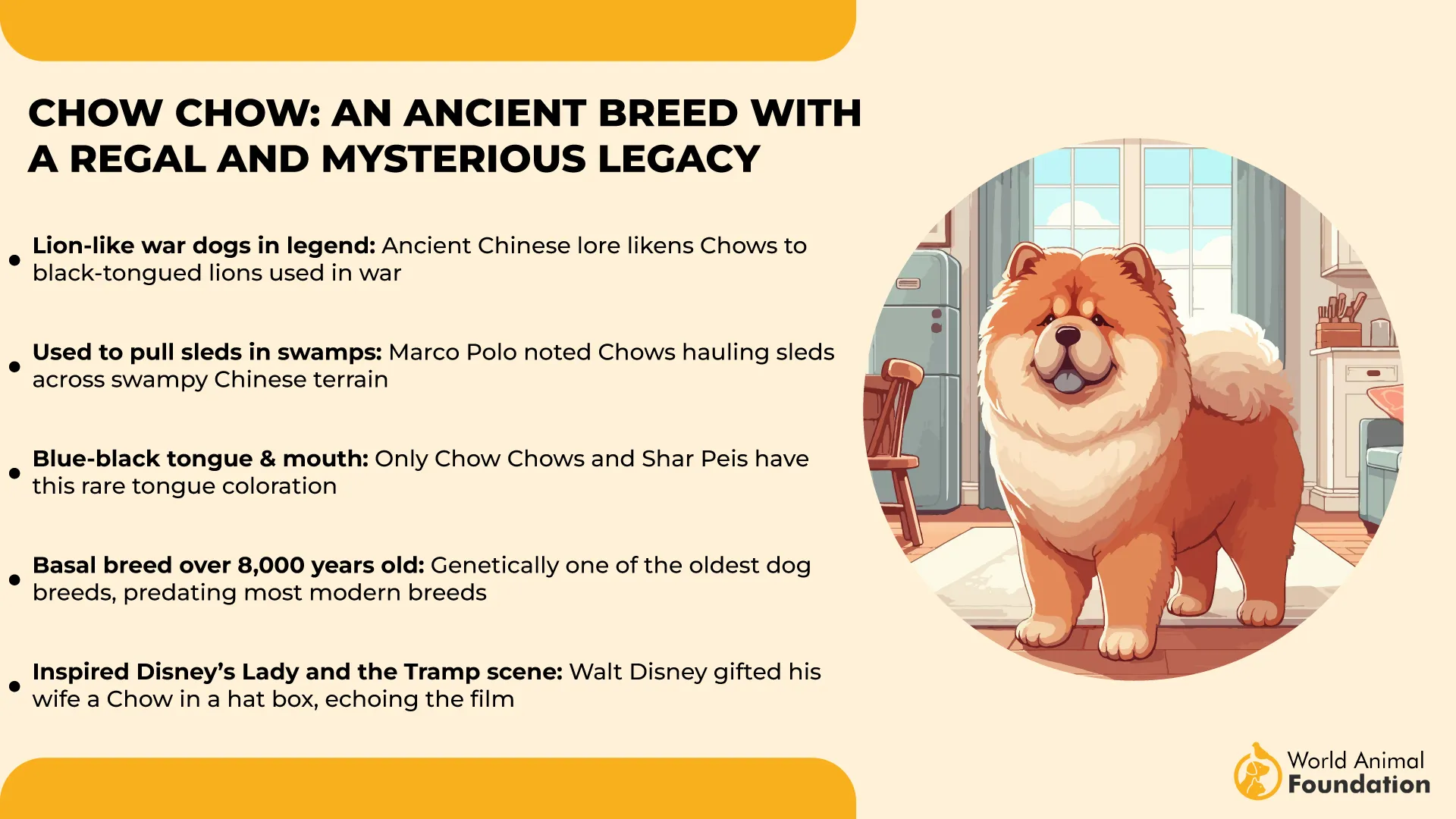
Complex personality and loyalty
Their loyalty is real but selective—they’re deeply devoted once trust is built, but don’t seek approval from everyone. This breed is known for its independent nature, which means training requires consistency and patience. They’re not withdrawn; they just value boundaries and clarity.
Distinct look and clean habits
Their dense coat and lion-like ruff are often the first thing that grabs attention, but they’re surprisingly tidy. Many Chow Chows instinctively keep themselves clean, even grooming like cats. Though not every dog in the breed behaves the same, this self-care tendency is common.
2. Shar-Pei
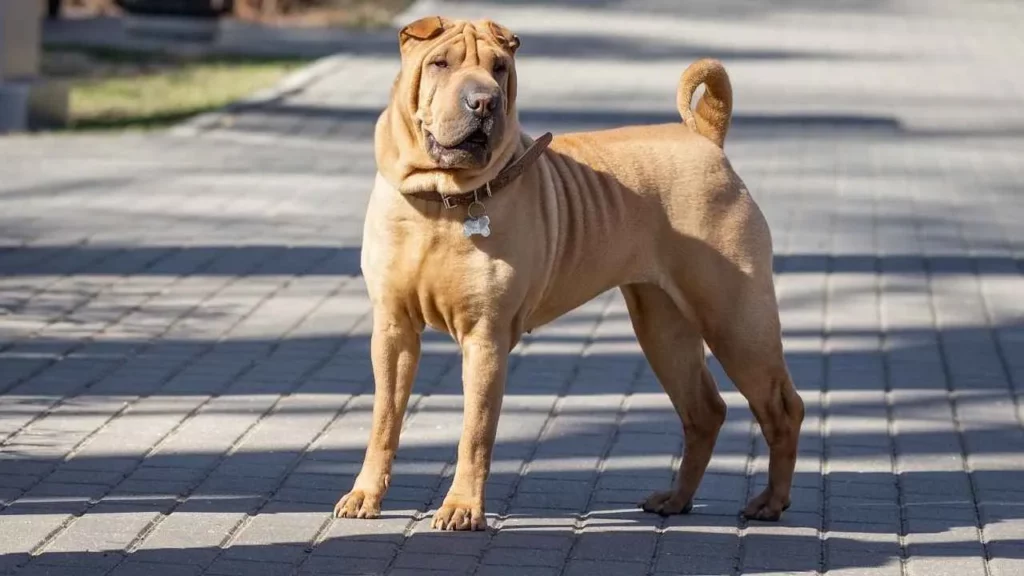
Shar-Pei tongues often display deep blue black coloring with random pigment spots that vary from dog to dog. These markings are completely normal for the breed and appear early in life. Their tongue coloration, like their wrinkles, is rooted in their ancient Chinese lineage.
Emotion shows in posture
Shar-Peis aren’t overly expressive through barking or constant movement—they communicate more through body language. A subtle tail shift or ear twitch can speak volumes if you’re paying attention. Their calm alertness comes from generations of working as silent guard dogs.
Naturally reserved instincts
Their aloofness isn’t shyness—it’s instinct. Shar-Peis have a long history as property protectors, and that ingrained sense of evaluation shows in how they approach new people. They’re more likely to observe from a distance before deciding to engage or retreat.
Hardwired for structure and space
This breed doesn’t thrive in chaos; they prefer predictable routines and familiar spaces, as per PDSA. Their sensitivity to noise, disruption, and unfamiliar energy can affect how relaxed they feel. When comfortable, though, they move with quiet confidence and hold themselves with self-assured dignity.
3. Pomeranian
Some Pomeranians are born with patches of darker pigmentation on their tongues—grayish, bluish, or spotted pink. This variation in tongue color often surprises first-time pet parents, but it’s simply a genetic trait, not a health issue. These spots are caused by localized melanin, not uncommon in Spitz-type breeds.
Vocal and territorial instincts
Despite their size, Pomeranians are bold watchdogs, quick to alert their family of any movement near the home, as Pomeranian Headquarters claims. They often stake claim to spaces and familiar objects, acting as if it’s their duty to keep everything in order. This makes early boundary training especially important.
Highly expressive facial muscles
Poms are known for their range of facial expressions, often raising one eyebrow or “smiling” during interaction. This expressiveness adds to their strong social presence and makes them more attuned to their environment than many other dog breeds. They use body language just as much as barking.
Double coat and grooming patterns
Their dense double coat can obscure subtle features like tongue pigmentation unless examined up close. Grooming routines often reveal these spots during brushing or dental care. Because of their coat type, it’s essential to maintain airflow to prevent skin irritation or hidden buildup.
4. Dalmatian
Beyond their coat, Dalmatians often show markings on their tongue that align with their skin pigmentation. These darker patches on a dog’s tongue are caused by natural pigmentation and are more common in breeds with piebald or patchy skin patterns. It’s part of their genetic makeup, not a health issue.
Genetic precision and breed uniqueness
The pattern of spots on each Dalmatian is set within the first few weeks of life, including tongue markings if present. No two have the same distribution, making each dog visually unique down to the pigment in their mouth. This level of genetic individuality is rare, even among purebreds.
High sensory awareness
Dalmatians have heightened auditory and visual responses—traits inherited from their time as carriage dogs and firehouse escorts. Their sensitivity isn’t just external; they often show aversion to certain textures and temperatures, which may tie into how the dog’s tongue responds to different surfaces.
Not a breed for everyone
They require structure and physical stimulation daily; skipping this creates behavior problems fast. While most dogs nap through the afternoon, Dalmatians stay alert and need activity to regulate energy. This makes them better suited for owners with a rhythm that matches their pace.
5. Akita
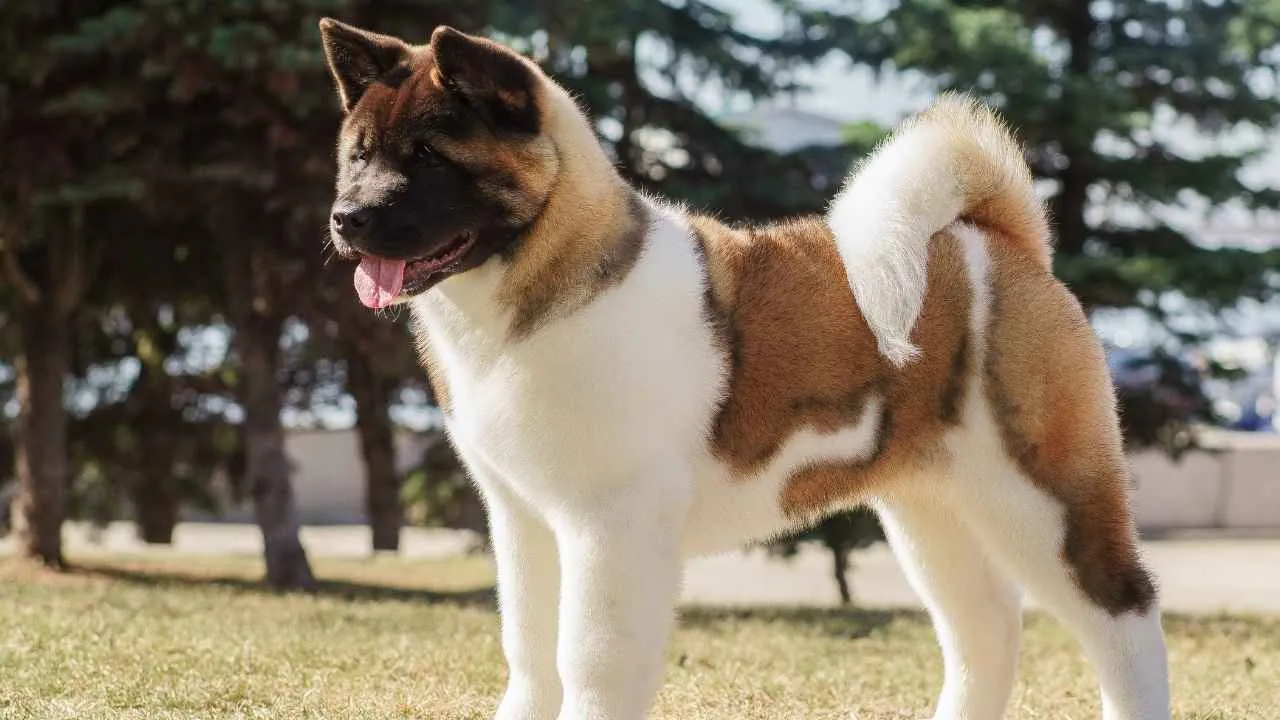
Spots on the tongue can often be seen even when the Akita is a puppy, typically appearing as dark patches mixed into the pink. These marks stem from melanin concentration, not a health issue. In some cases, the spots deepen or spread as the dog matures.
Deep loyalty with discernment
Akitas are intensely loyal but don’t give their trust freely. They’re highly aware of their surroundings and tend to form tight bonds with just a few individuals. With proper handling, their protective instincts show through calm presence rather than loud behavior.
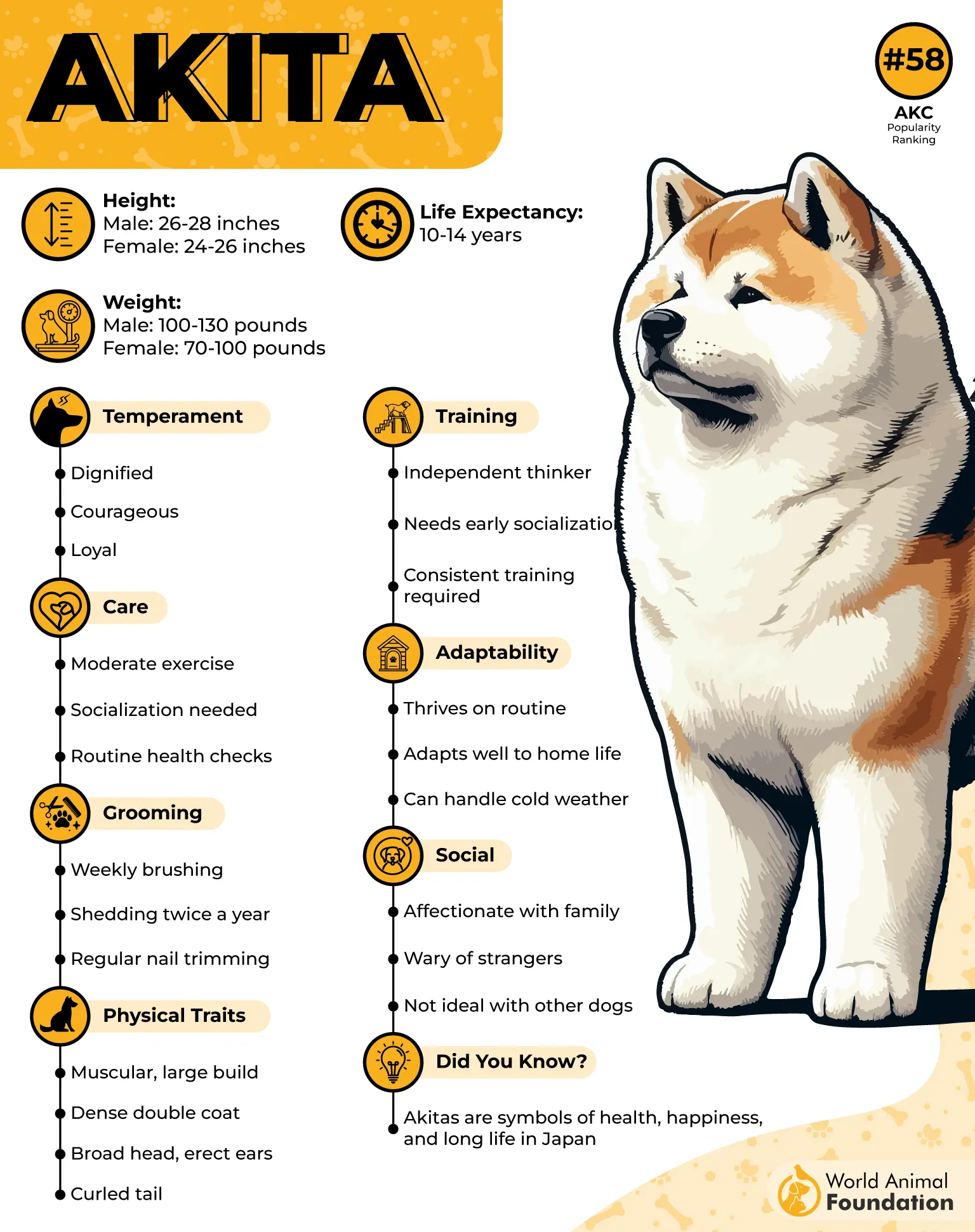
Stoic yet affectionate at home
Despite their reserved nature in public, Akitas can be deeply affectionate with their family. They often show love through quiet closeness—sitting near you, watching over without demanding attention. Most people don’t realize how emotionally sensitive this breed can be.
Structure matters to them
Akitas thrive when they have a defined role within the household. They respect consistency and often respond best to routines that establish leadership without force. Their behavior can shift quickly if they sense mixed signals, making firm but fair training essential.
6. Collie
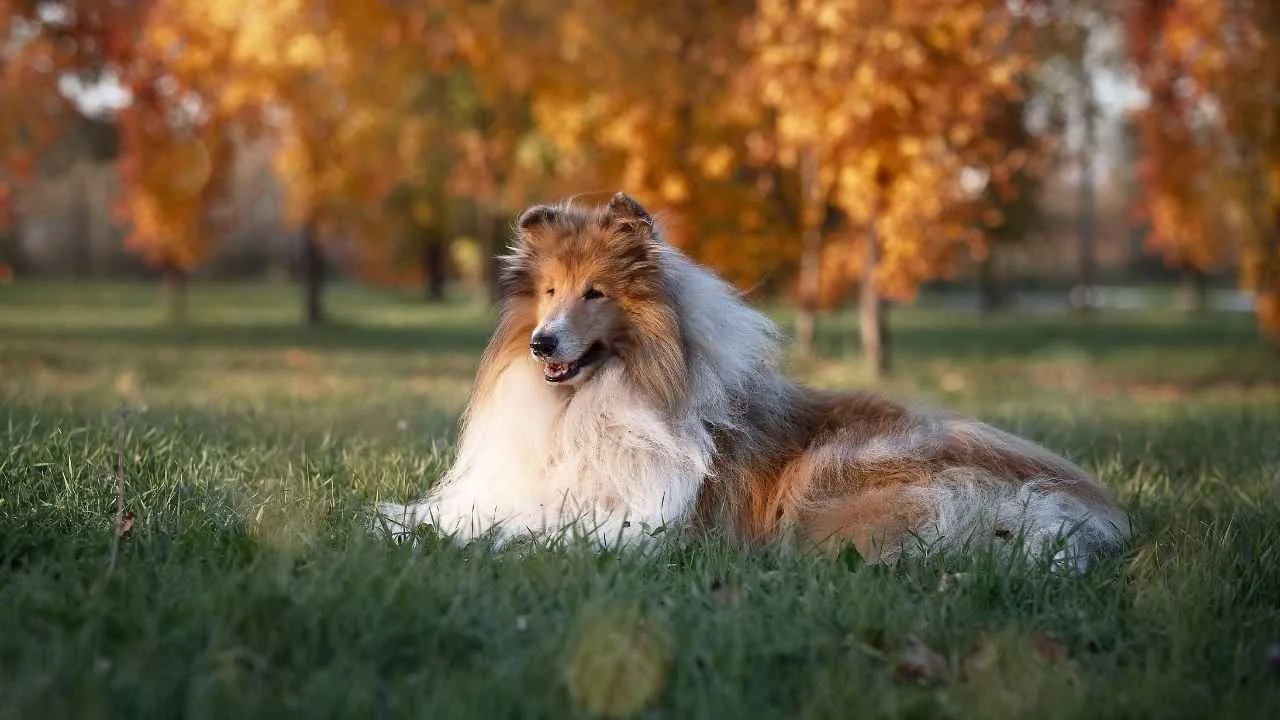
While most are known for their flowing coat, Collies occasionally display spots or patches of dark pigment on their tongue. These markings aren’t always noticeable unless you’re checking closely during grooming or vet visits. They tend to appear more in certain bloodlines, often linked to heritage.
Sensitive to emotional tones
Collies are deeply intuitive—many can pick up on stress or sadness and adjust their behavior accordingly. This makes them exceptional companions for families or individuals needing quiet support. Their awareness of human emotion is often mistaken for simple obedience, but it runs deeper.
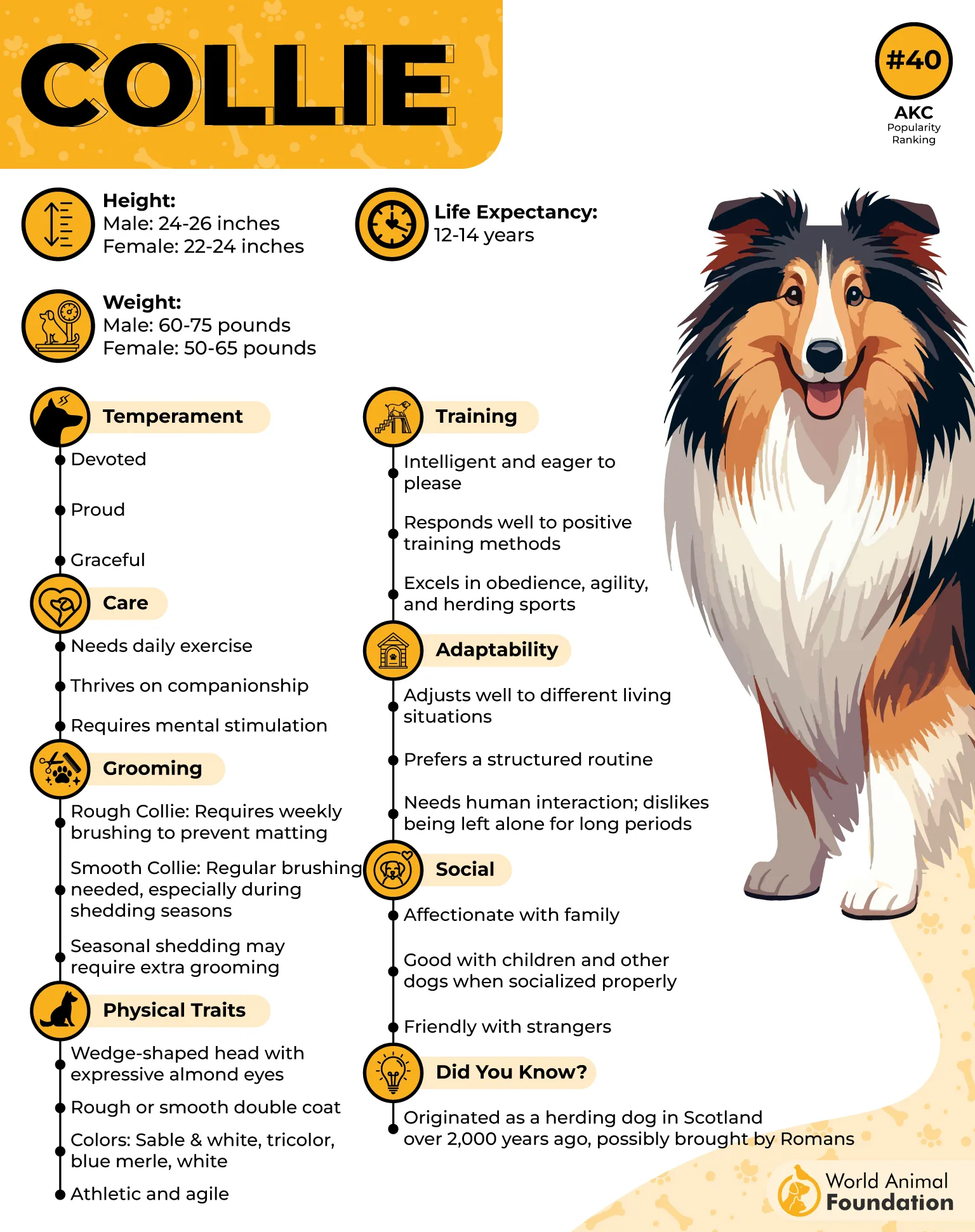
Mental stimulation is essential
Originally bred for herding in Scotland, Collies are wired for both movement and decision-making. Without daily problem-solving tasks, they may develop restless habits. Puzzle feeders, directional games, or even basic agility work can satisfy that internal drive.
Refined yet functional coat
Their double coat is weather-resistant and was developed to handle cold, damp environments. The texture and density also make their skin less prone to irritation from pasture debris. Regular grooming is necessary, but it’s the coat’s structure that prevents matting.
7. Cocker Spaniel
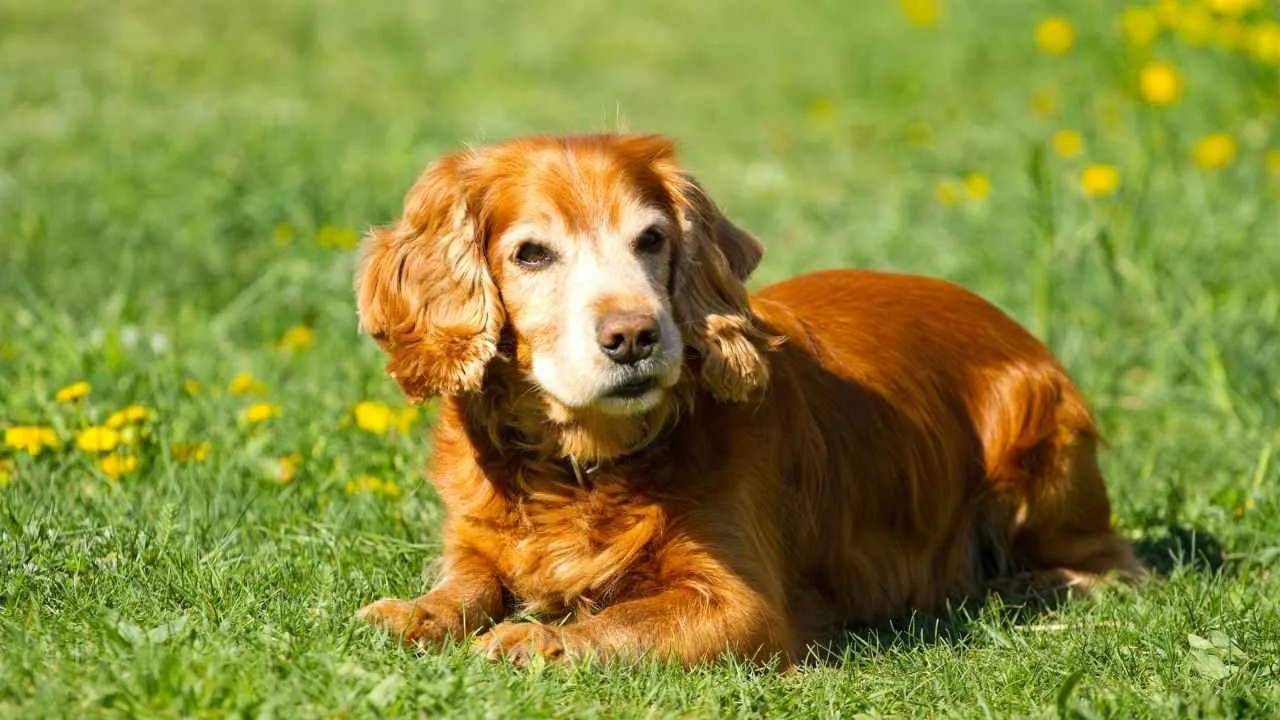
Some Cocker Spaniels carry small black or bluish spots on their tongues that are often mistaken for injuries or pigment loss. These are harmless melanin clusters that can appear even in young pups. In most cases, they remain consistent in shape and size throughout their life.
Breed lines and coat influence
Field-bred Cockers and show lines differ slightly in terms of coat density and build, but both types may carry tongue pigmentation. The variation isn’t tied to pedigree or coat color—it appears across solid and parti-colored dogs alike. Genetic influence plays the larger role here.
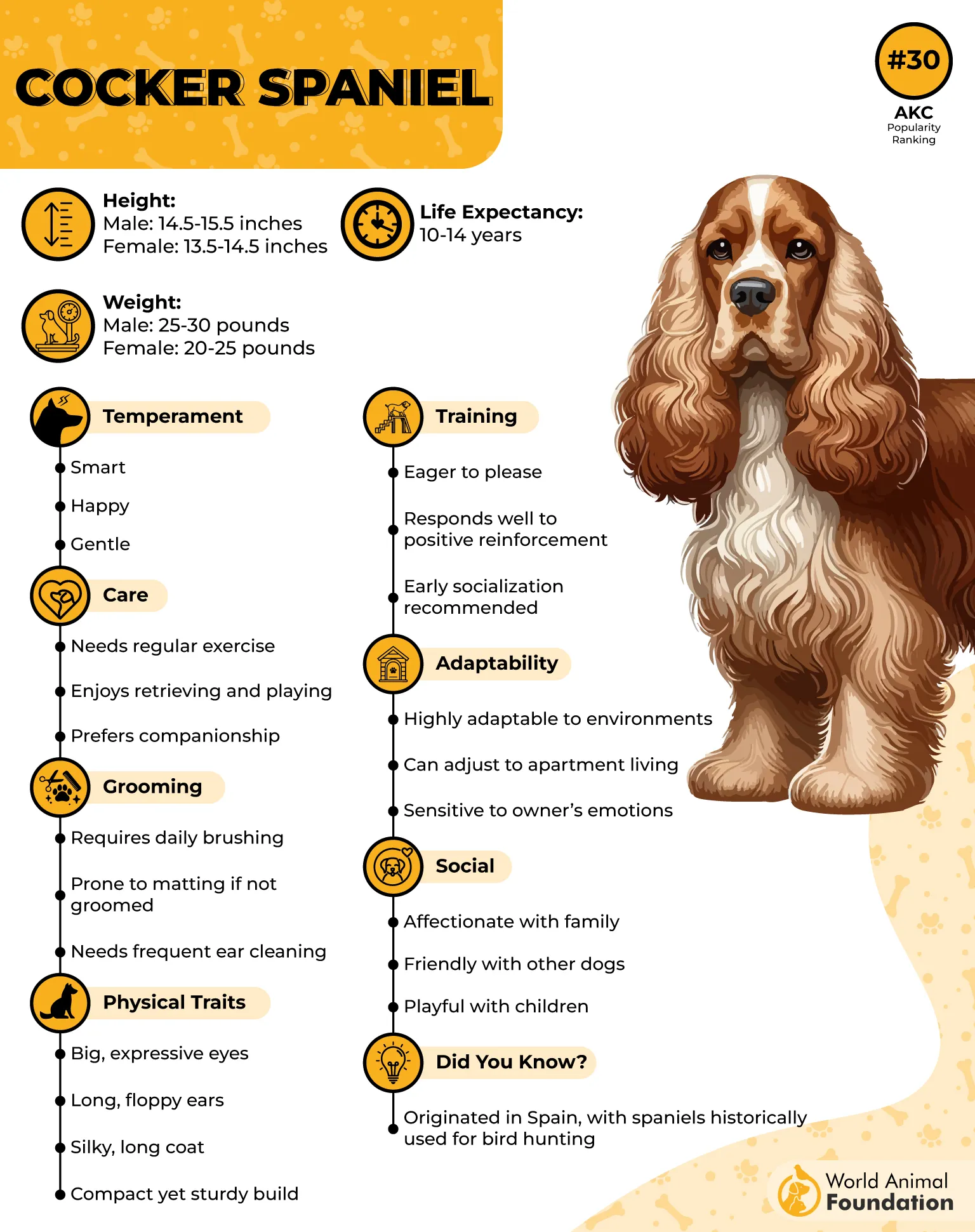
Behavior shaped by purpose
Originally bred as flushing dogs for woodcock hunting, cocker spaniels tend to retain a high level of alertness and sensitivity to human voice tones, as per Lolahemp. They respond instantly to mood changes in their environment. That emotional responsiveness can influence how they behave during vet exams or grooming.
Not a low-maintenance breed
This is one of the few sporting breeds where coat upkeep is a serious commitment. Their ears, in particular, require close monitoring due to their enclosed shape and moisture buildup risk. Owners often need to schedule routine cleaning and drying after outdoor activity to avoid infection.
8. Doberman Pinscher

In Dobermans, pigmented spots can appear randomly on the tongue due to concentrated melanin. These are often small and dark, contrasting with the tongue’s natural pink base. While less widespread than in some breeds, they’re genetically normal and breed-consistent.
Precision-bred for intelligence and drive
The breed was originally developed by Karl Friedrich Louis Dobermann in the late 1800s to combine strength, loyalty, and intelligence into one protection dog. Selective crossing of German Pinschers, Rottweilers, and Weimaraners created a focused, driven worker. This origin still shapes their behavior today.
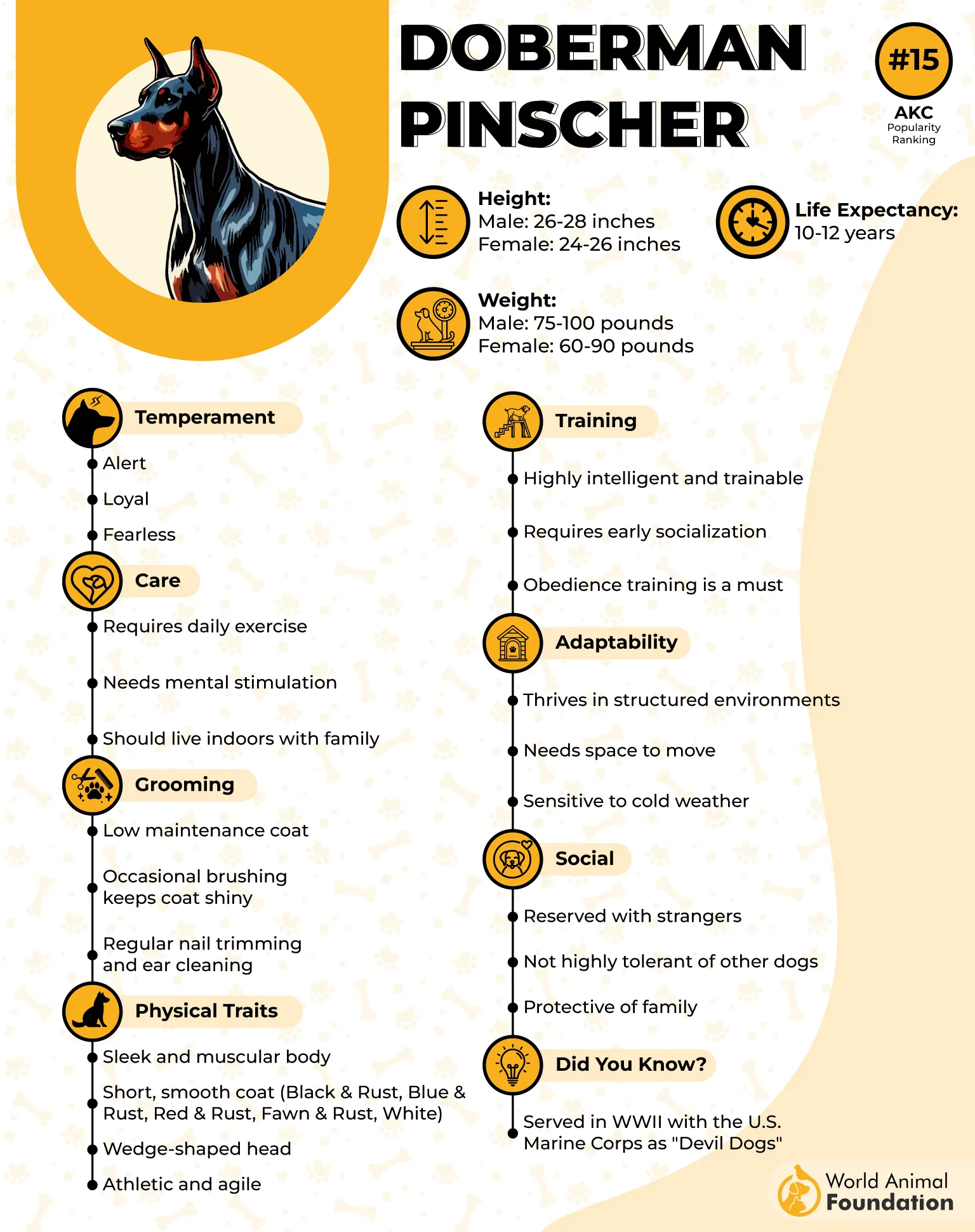
Energy with structured control
What sets Dobermans apart is their need for structured outlets—they don’t just need exercise, they need purpose. Mental drills, scent work, or advanced obedience help balance their high mental acuity. Without it, they can get restless and start creating their own “tasks.”

Body type that supports function
Everything about their lean, muscular build is intentional—from the deep chest supporting stamina to the tight skin minimizing injury during fast movement. These aren’t stylistic traits; they were bred for performance in protection and precision work under pressure.
9. Great Pyrenees
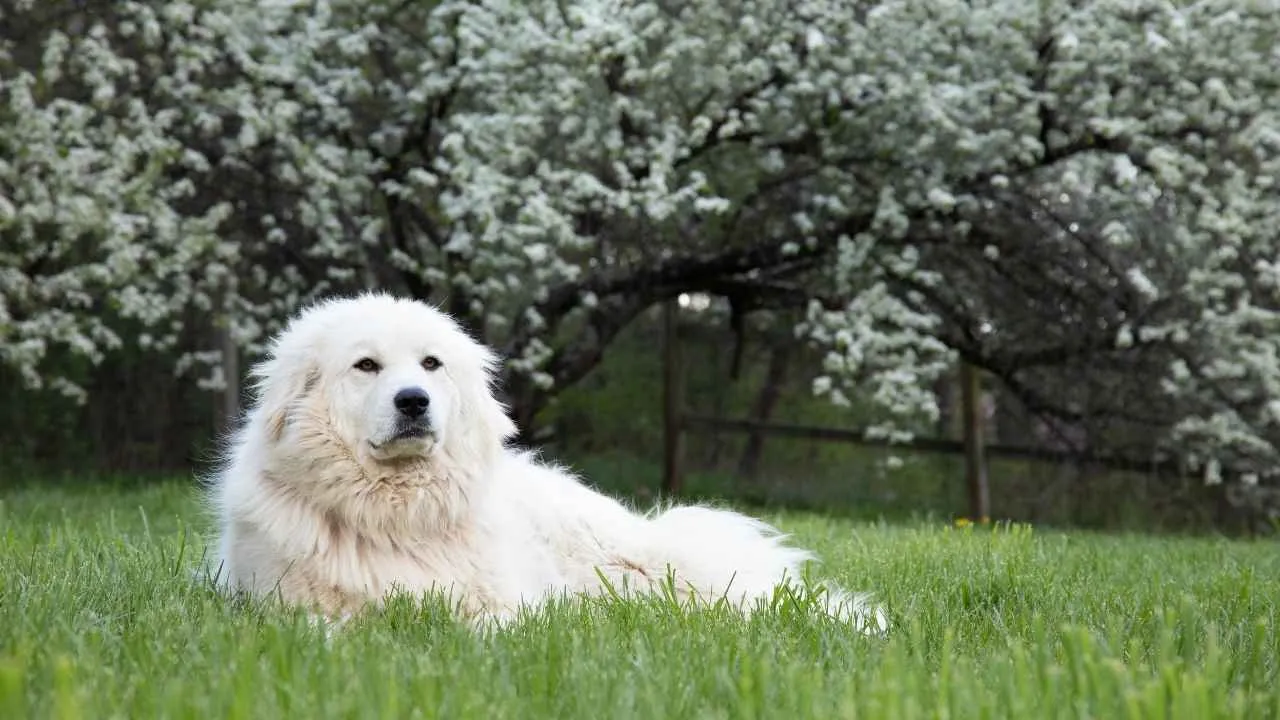
While not commonly known for it, many Great Pyrenees dogs display dark spots or patches on their otherwise pink tongues. These pigmentations are typically symmetrical and can appear early in puppyhood. They’re purely cosmetic and often mistaken for signs of mixed heritage.
Mountain guardian instincts
This breed was developed to guard livestock along steep, isolated mountain ranges—often working alone for hours or even days. That history shaped their self-reliant problem-solving skills, especially in unfamiliar environments. Their calm, quiet nature hides deeply ingrained protective instincts.
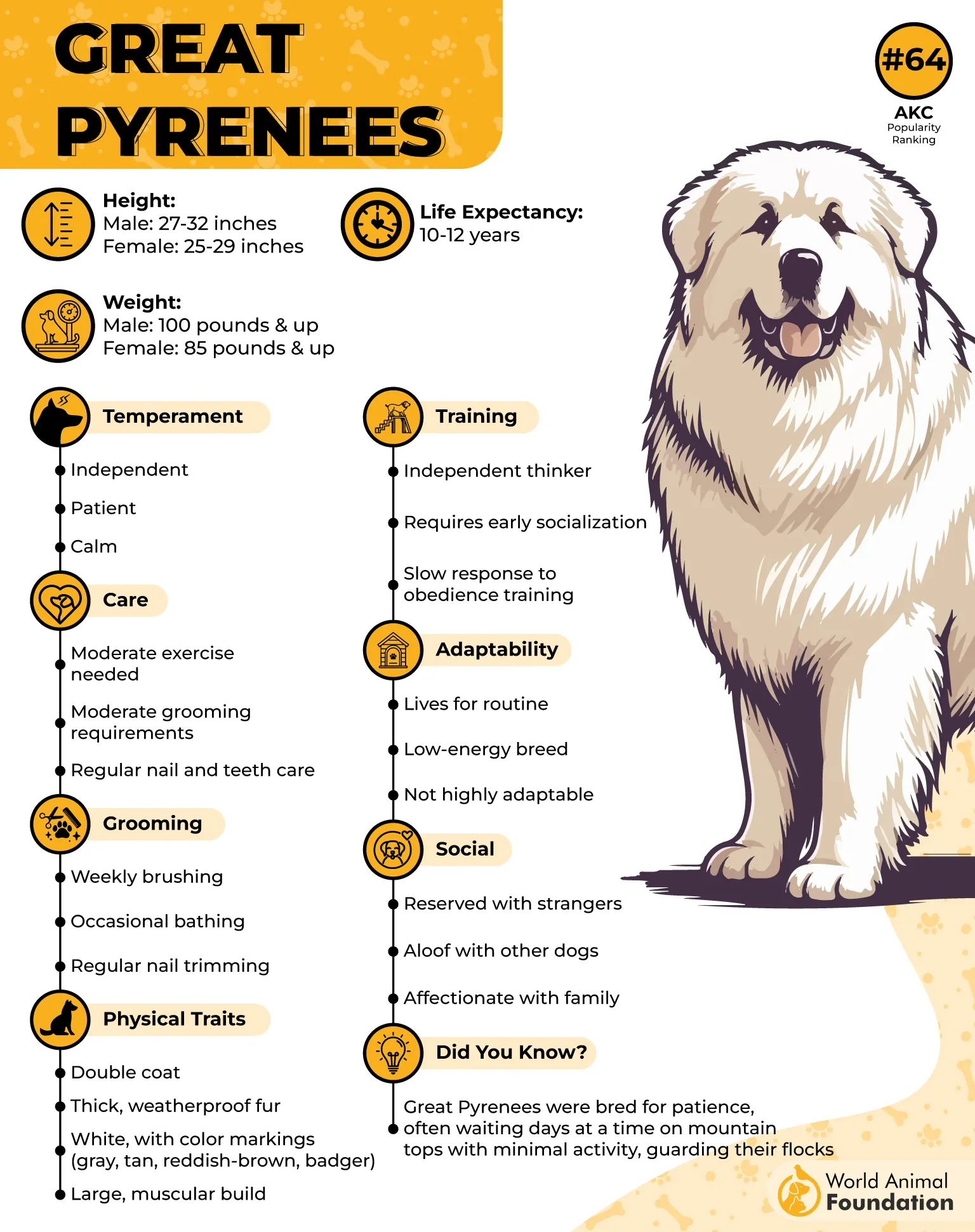
No-nonsense working temperament
They’re not highly food- or praise-driven, which makes traditional obedience training hit-or-miss without the right motivation. Owners often report that a Great Pyrenees learns quickly but applies commands selectively, especially when it doesn’t align with their judgment. This is not stubbornness—it’s discernment.
Dense coat, soundless steps
Despite their massive frame and heavy double coat, they move with a light, deliberate gait. Shepherds relied on this stealth to blend in with flocks while silently deterring predators. Even in domestic homes, their quiet presence can catch visitors completely off guard.
10. Rottweiler
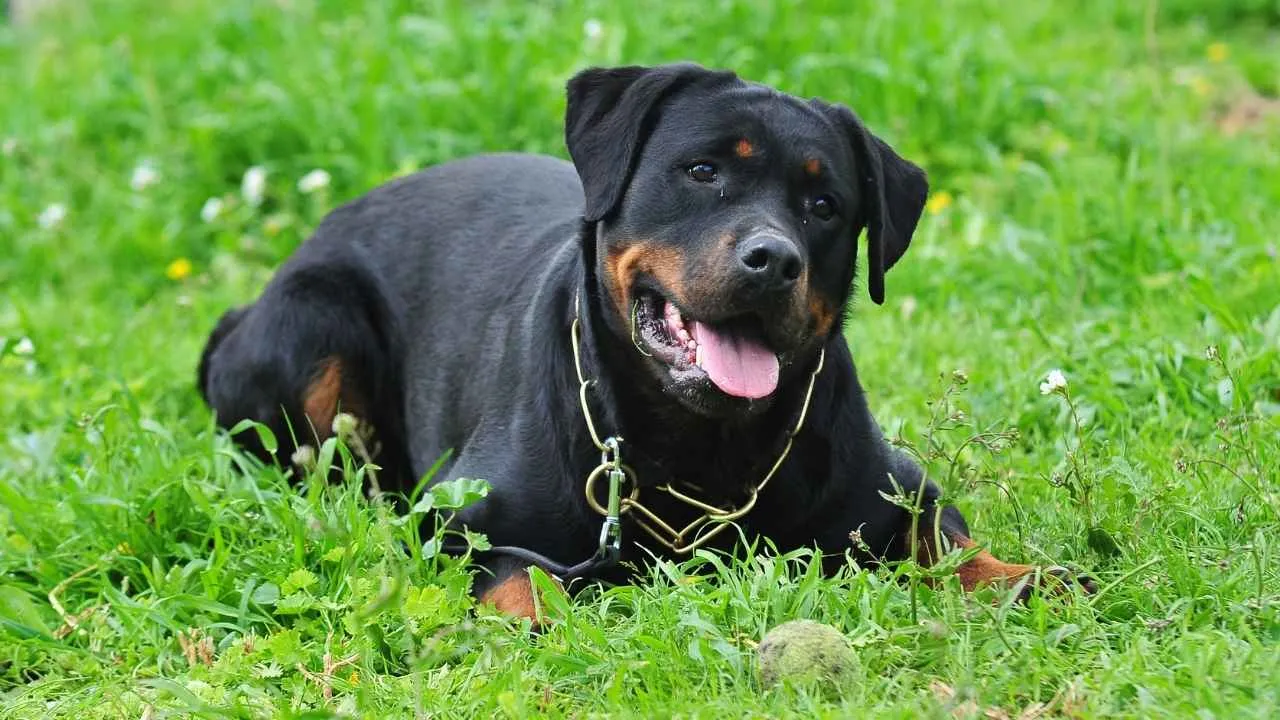
Rottweilers often develop dark spots or patches on their tongues, which are the result of high melanin concentration. These marks can appear as isolated spots or blend into the tongue’s surface over time. They are perfectly normal and not tied to health or behavior.
Genetic consistency within the breed
What sets Rottweilers apart in this context is how frequently tongue spotting shows up across pure lines. Breeders have noted that in some litters, the trait appears in more than half the puppies. It’s considered a stable but visually variable trait within the breed.
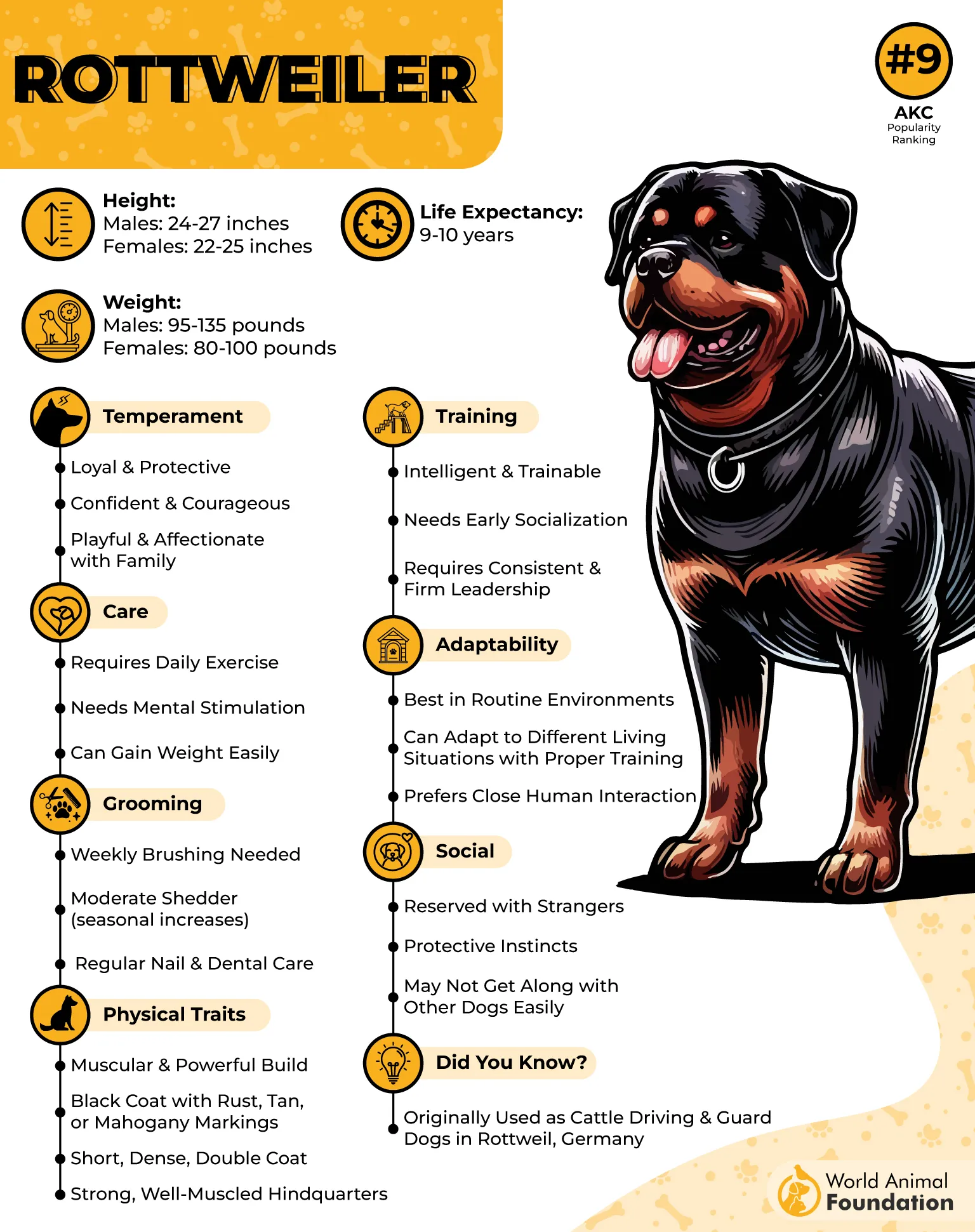
Steady temperament under pressure
Rather than being reactive, Rottweilers tend to assess their environment before acting. This mental steadiness comes from generations of work as drovers and protectors of property. Their composed behavior during high-energy situations is still one of their defining strengths.
Physical strength with surprising precision
Their bite force is powerful, but what’s often overlooked is their body control. In training environments, Rottweilers are known to use their strength carefully, often adjusting pressure based on the situation. This combination of power and awareness is rare in large working breeds.
Conclusion
Not every spotted tongue means something rare, but in certain breeds, those blue black spots tell a story. Whether it’s a full blue black tongue or just small pink spots tucked at the edge, these markings are usually just a part of the dog’s natural coloring.
While they might surprise first-time owners, they rarely fall outside the breed standard. The key is understanding what’s normal for your dog. These little details make each pup more unique, more lovable, and more fascinating to learn about.
If you’ve noticed your dog has similar traits, you’re not alone—other dogs show them too. From protective Akitas to cheerful Pomeranians, tongue spots are just one more reason to admire your pet’s breed.


